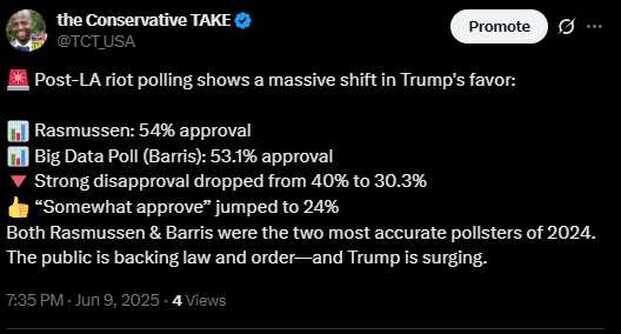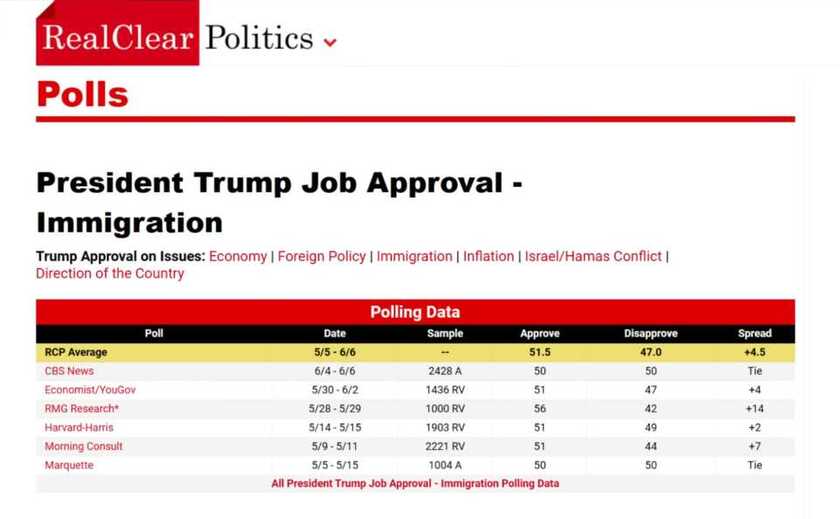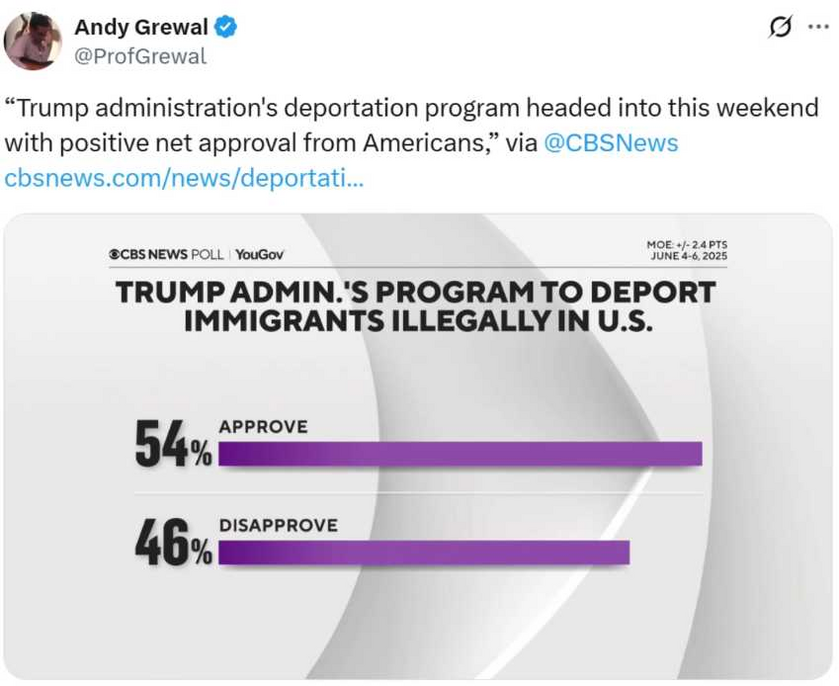In 1861, Abraham Lincoln confronted a Democratic Party that had torn the nation apart. Fueled by radical Southern ideologues, they chose rebellion over union, slavery over liberty, and anarchy over constitutional order. Lincoln answered not with compromise, but with decisive force. The result? The Civil War crushed the Democratic Party’s national power for nearly a century. From 1861 to 1932, they won the presidency only twice. Lincoln didn’t just save the Union. He politically dismantled the party that tried to destroy it.
Now, in 2025, history repeats itself.
President Donald J. Trump finds himself facing a new kind of rebellion—one not fought with muskets, but with foreign flags, firebombs, and mobs protected by Democrat mayors and governors. In Los Angeles, lawful ICE deportations triggered mass riots, freeway takeovers, and violent attacks on federal officers; all cheered or excused by the modern Democratic Party.
But like Lincoln, Trump did not hesitate.
He federalized the National Guard, overriding California’s objections. And as of today, 700 active-duty U.S. Marines are being deployed to Los Angeles, marking the first such federal military response in nearly six decades. This isn’t just a law enforcement move. It’s a line in the sand.
Just as Lincoln shattered the pro-slavery Democrats, Trump now stands ready to break the post-American, open-borders party that wages war on sovereignty, law, and the very fabric of the nation. What we are witnessing is not mere unrest. It is a political realignment. And it may well mark the beginning of the end for the Democratic Party as a viable national force.
This is not just a reaction to civil unrest. This is a pivot in American history. It is a bold shift toward law, sovereignty, and national identity. The Democrats, meanwhile, have chosen chaos. They’ve taken the side of rioters and illegals, and in doing so, they may have committed political suicide.
1. The ICE Raids That Exposed the Left
Over the weekend, ICE carried out lawful, coordinated workplace raids in L.A. County. These were not random roundups. They were federal operations targeting known immigration violators. The response?
Rioters flooded the streets, waving Mexican and Central American flags.
They threw projectiles at ICE agents, set self-driving vehicles on fire, and stormed the 101 Freeway, trapping innocent families in traffic. 
Rather than support the rule of law, California's elected officials condemned ICE, not the mobs. It was yet another instance of Democrats openly protecting lawlessness under the guise of “justice.”
2. Trump Acts...And He Doesn’t Wait for Permission
President Trump responded immediately. On Saturday night, he invoked Title 10 of the U.S. Code, bypassing Governor Gavin Newsom and federalizing 2,000 National Guard troops to quell the rebellion.
Then today, June 9, it was confirmed: 700 active-duty U.S. Marines are being deployed to Los Angeles.
This level of decisive action hasn’t been seen since President Eisenhower deployed troops to enforce desegregation in 1957. Trump’s message is clear: this country will not be held hostage by anarchists, whether they wear black masks or fly foreign flags.
3. Democrats Choose Rioters Over America
Every Democrat governor in the country condemned Trump’s actions—not the violence, not the foreign flags, not the attacks on ICE.
- They sided with the mobs.
- They sided with those who want to dismantle American sovereignty.
- They sided against every American who believes in borders, law enforcement, and national identity.
This is not political overreach. It is an exposure of the true character of the Democrat Party in 2025: post-American, post-sovereign, and post-constitutional.
4. The 80/20 Issue: Americans Side with Trump
This isn’t some far-right fantasy. Poll after poll confirms it. Immigration enforcement is an 80/20 issue:
CBS/YouGov (despite a heavy Democrat sampling) shows a majority supporting Trump’s deportation agenda.
Aggregate polling places Trump’s immigration approval between 52% and 60%, even among independents.
RMG, one of the most accurate pollsters from 2024, has Trump's immigration support approaching 60%.

Even voters who don't love Trump know he’s right on immigration. Americans are tired of seeing our laws ignored, our borders overrun, and our cities burned by activists who hate the country that shelters them.
5. From Summer of Love to Summer of the Steel Glove
In 2020, President Trump allowed local leaders to manage the riots of which many failed miserably. That summer was dubbed the “Summer of Love” by the left and the “Summer of Surrender” by the right.
But 2025 is different.
Trump isn't asking anymore. He’s acting. This is the “Summer of the Steel Glove”. This is a season marked by strength, law, and federal resolve. 
The left opened the gates for four years, allowing 12 million illegal migrants into our country. Trump is closing them...decisively.
6. Why This Could Be the End of the Democrat Party
The Democrat Party has aligned itself with:
Foreign flags over American highways
Rioters over families
Anarchy over order
Open borders over national security
It is now the party of post-America. This is a movement that believes America is evil, success is theft, and sovereignty is oppression.
As commentator Christian Hines said, “You’re not going to reason with someone who thinks foreign mobs waving foreign flags are just as American as you.”
This isn’t politics as usual. This is a civilizational crisis. The Democrat Party has shown its hand, and it cannot win national elections on this agenda. As Stephen Miller put it:
“How does a party that backs illegal criminals, supports Hamas, and lets men into girls’ sports ever win again?”
They won’t. Not if the America First movement stays strong.
7. A Call to Action: What Comes Next
Trump has shown us the way. The American people are with him. Now, the right must:
Match the left’s radicalism with lawful, constitutional force
Pursue arrests and prosecutions of sanctuary politicians aiding illegal activity
Take back local control from Soros-backed DAs
Never again surrender cities to mobs
The left has already gone DEFCON 5 for their post-America vision. Now, we must match and exceed that resolve for America First.
If we stay the course, this won’t just be about winning an election.
Like Lincoln before us, we have the opportunity to break a party that chose rebellion over unity, ideology over country. We’ll dismantle the Democratic Party for a generation and reclaim the sovereign nation they tried to destroy.

















